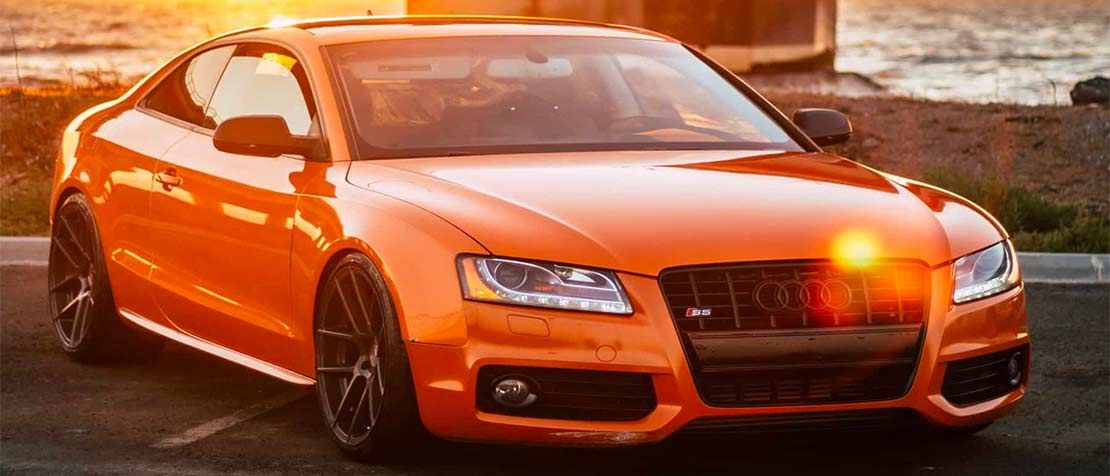
The opportunity of 5G for the automotive sector QandA with Audi s Matthias Schneider
In this Q&A, ITU News talks to Matthias Schneider, the Chief Licensing Officer at Audi and member of the European Commission expert group on standard-essential patents (SEP) licensing, to find out how 5G services might impact the automotive sector.
What opportunities does 5G present for automakers like Audi?
5G communication presents opportunities for and will be applied in the automotive sector in different ways:
1. The first usage scenario is the straight replacement of 3G or 4G communication in automobiles. This is very much related to communication between passengers and the environment, communication of traffic and navigation information, but also certain service activities related to automobiles.
2. Use of 5G communication to enable new features as e.g. autonomous driving. These usage scenarios deal with vehicle-to vehicle (V2V) communication and communication between the vehicle and the immediate environment in which the vehicle is located. This will put 5G into a direct competition with other technologies, which enable V2V communication (e.g. IEEE 802.11p).
3. Usage of 5G communication in relation to new applications as smart traffic control systems. It remains to be seen if these applications really require 5G characteristics or if 4G communication might be well sufficient to make use of these new applications.
4. There is a potential use of 5G components for in-car communication. If applied in that way, 5G needs to compete with cable-based or near-field communication both in the supply of adequate communication characteristics (bandwidth, latency, quality of service, cybersecurity, etc.) and in economic terms.
What challenges does 5G bring?
5G user equipment will come in a wide variety of devices with very different characteristics useful in various application environments. The communication enabled by these devices may be distinguished by bandwidth, latency, or quality of service, and the devices will have to fulfill various requirements like low-energy consumption and applicability to the automotive environment.
Watch the video to learn more:
These devices will make use of different technologies and options which are all covered under the 5G framework. Obviously, these devices will make use of different portfolios of standard-essential patents and it is therefore important to find a fair licensing regime for these various user devices.
What type of licensing practices are useful for the auto industry when it comes to issues relating to 5G?
Given the complexity of the technology environment, existing competing communication technologies, and the wide variety of devices which will require a license, and based on the fact that many players in the Internet of Things (IoT) field will have very little exposure to SEP licensing practices it will be very important that the technology providers:
(i) Develop simple and straightforward licensing models for the various devices, (ii) Develop royalty models which allow 5G to compete with other technologies’ licensing models, (iii) Create efficient pooling mechanisms to allow efficient and transparent access to required technology.
What are your views on the transparency and efficiency of licensing practices currently?
Standard Essential Patent (SEP) licensing is still very much an area where profound expertise is needed, but very few (and mostly larger) companies have the required expertise in house to achieve satisfying licensing solutions. Both in terms of economic and technology transparency much remains to be improved. Lack of transparency leads in turn to inefficient licensing procedures and offers the players in the field various options to jeopardize licensing processes and results.
The European Commission, the patent offices, as well as the standards development organizations (SDOs), are currently exploring various ways to improve the transparency of the licensing environment and develop guidance on how to create an efficient SEP licensing environment.
Editor’s note: As the auto and tech industries continue to converge, more automakers are becoming involved in ITU’s work. Hyundai joined ITU as a member in late 2016 to influence standards for connected cars. And Volkswagen AG has just joined ITU as a member.
Join ITU and UNECE at the Geneva International Motor Show for the Future Networked Car Symposium 2019:

